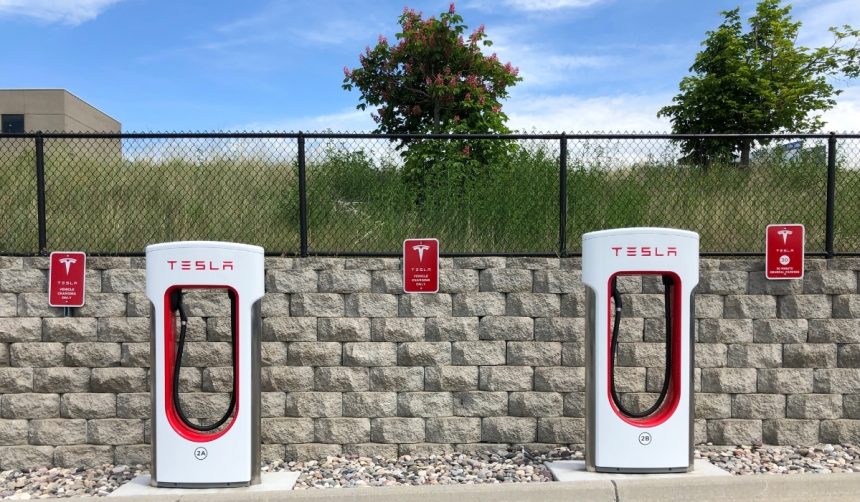Ahead of Tesla‘s anticipated Robotaxi launch, skepticism surrounds its potential despite the technology still being on the verge of rollout. Media outlets have rapidly drawn conclusions about the initiative’s success or failure, steering public discourse without firm evidence or a balanced viewpoint. Though the official debut is set for June, opinions are swirling, sparking debates over the future of autonomous transportation.
Tesla’s journey with autonomous technology has been fraught with challenges, with its Full Self-Driving feature sparking mixed feedback regularly. Historically, Tesla has encountered hurdles in keeping pace with its ambitious timelines; nonetheless, its incremental progress in autonomous vehicles hasn’t gone disregarded. This context provides a backdrop against which the Robotaxi initiative unfolds, shaping perceptions long before its official launch.
What Defines a Rollout as a “Failure”?
Critics have been quick to label the Robotaxi’s rollout as a “failure” even before a single vehicle hits the road. Such assessments largely stem from the perceptions of individuals such as Dan O’Dowd, one of Full Self-Driving’s most vocal detractors. His views, based on personal experiences in Santa Barbara, have contributed significantly to the burgeoning narrative that is unfolding without accounting for successful outcomes different stakeholders have experienced with Tesla’s autonomous tech.
How Reliable is Tesla’s Full Self-Driving?
Tesla has certainly faced scrutiny over Full Self-Driving’s reliability. Nevertheless, the company’s Vehicle Safety Report shows a marked improvement in safety with the Autopilot system, highlighting a tenfold reduction in accidents compared to national norms. Although this report focuses on Autopilot and not Full Self-Driving, it emphasizes the strides made in automated vehicle safety, feeding into the broader discussion about the prospects and credibility of Tesla’s technical prowess.
What Adjustments is Tesla Preparing?
Recognizing the complexities involved, Tesla has announced a limited initial rollout of 10 to 20 Model Y vehicles, underscoring a strategic shift from previous timelines. The approach allows for a controlled environment to test and prove the platform before scaling it up, reflecting a measured response to earlier timelines that were more ambitious. By focusing initially on a private launch, Tesla can gather essential data to fine-tune operations and address any potential issues proactively.
Although Tesla’s Robotaxi hasn’t officially launched, conversations around its success or failure persist, manifesting in premature judgments. As the company navigates the regulatory and technological landscape, the rollout strategy reflects a careful approach to pioneering one of the first autonomous rideshare programs in the U.S. It stands to reason that more time and real-world data will ultimately determine whether Tesla’s Robotaxi is a viable addition to the transportation sector.
- Tesla’s Robotaxi faces criticism before official launch in June.
- Mistrust partly stems from past struggles with Full Self-Driving timelines.
- Limited rollout aims to ensure controlled refinement of technology.










